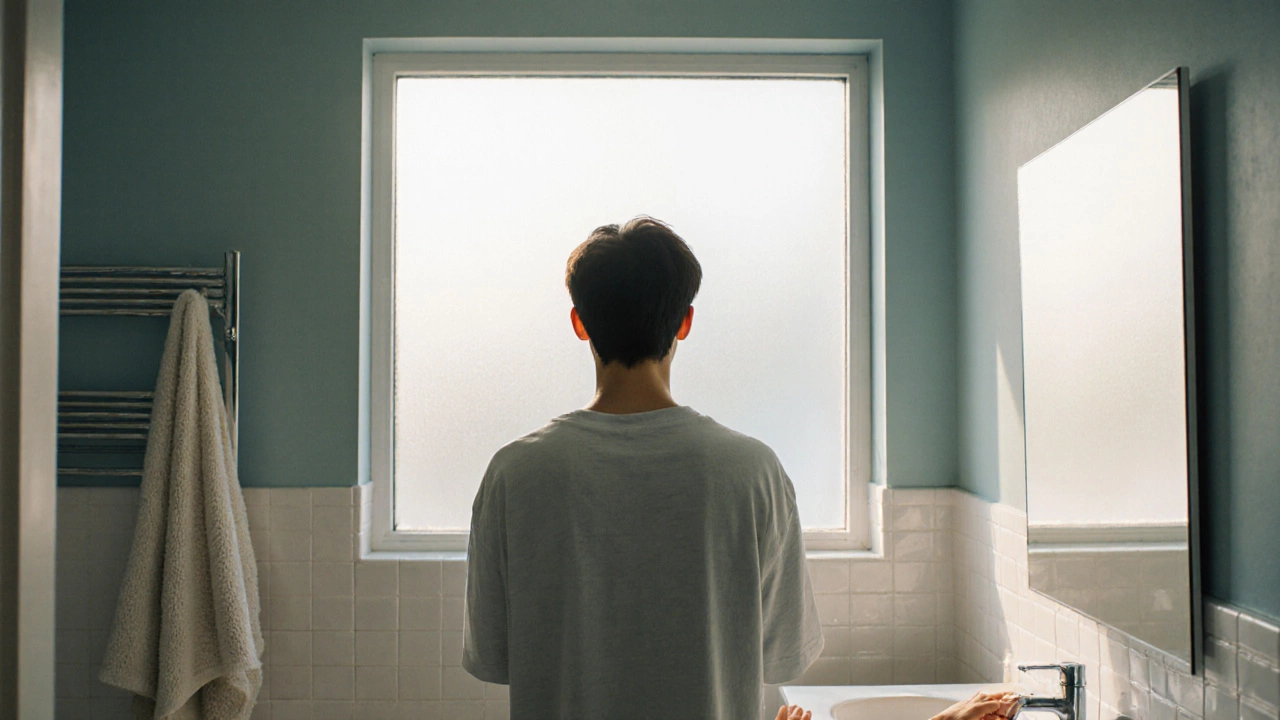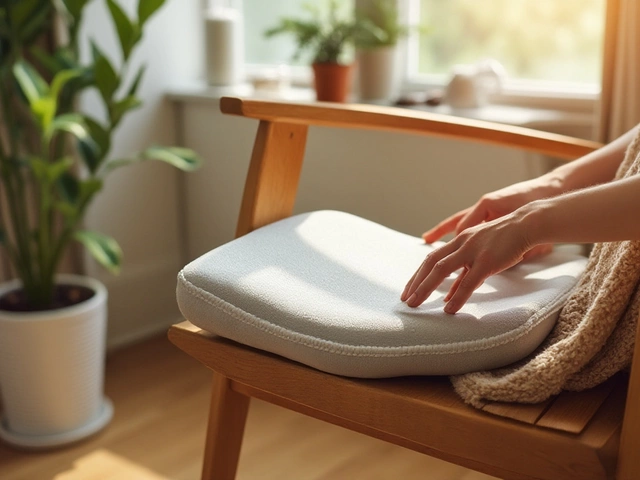Body Dysmorphic Disorder Explained
When talking about body dysmorphic disorder, a mental health condition where a person obsesses over perceived flaws in appearance. Also known as BDD, it often fuels intense self‑image, distorted perception of one's own body and can trigger severe anxiety, constant worry and fear about being judged. The disorder typically emerges in teenage years, and social media pressure can worsen the condition, leading some to seek cosmetic surgery as a quick fix. However, surgery rarely resolves the underlying thoughts and may even deepen the cycle of dissatisfaction.
How It Connects to Mental Health and Treatment Options
Mental health, overall psychological well‑being plays a crucial role because body dysmorphic disorder often co‑exists with depression and obsessive‑compulsive patterns. Recognizing the link between body dysmorphic disorder and therapy, cognitive‑behavioral approaches that challenge negative thoughts is key to recovery. Effective treatment combines professional counseling, medication, and supportive lifestyle changes such as limiting screen time and building a balanced self‑esteem foundation. By addressing the disorder's root causes—like perfectionism, low self‑worth, and societal beauty standards—individuals can break free from the compulsive mirror‑checking cycle and regain a healthier relationship with their bodies.
Below, you’ll find a curated collection of articles that dive deeper into each aspect mentioned here—ranging from practical coping strategies to the science behind appearance‑related anxiety. Whether you’re looking for early‑sign detection tips, guidance on seeking professional help, or ways to support someone you care about, the posts ahead offer actionable insights to navigate body dysmorphic disorder with confidence.

Is Skipping the Mirror Safe? Benefits, Risks & Practical Tips
Explore the pros and cons of avoiding mirrors, learn how it affects self-image and mental health, and get practical tips for mindful mirror use.
Categories
- Storage (27)
- Bathroom (18)
- Sofas (15)
- Curtains (15)
- Home Decor (12)
- Bedding (11)
- Kitchenware (10)
- Cushions (10)
- Mirrors (10)
- Rugs (9)
Popular Articles



